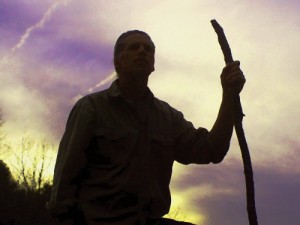 “Leave No Trace” (LNT) principles and practices of outdoor ethics has been around for decades. It’s goal is to limit the impact of hikers and backpackers on the outdoor environment that they use. This helps to preserve the pristine beauty that nature provides so that everyone who travels in it now and in the future can enjoy it more fully. While this provides a general benefit, it also provides good guidelines for individuals who are reclusive and prefer to keep a low profile in a backwoods travel and camping scenario. I am referring to folks who have “bug out” plans for emergency egresses.
“Leave No Trace” (LNT) principles and practices of outdoor ethics has been around for decades. It’s goal is to limit the impact of hikers and backpackers on the outdoor environment that they use. This helps to preserve the pristine beauty that nature provides so that everyone who travels in it now and in the future can enjoy it more fully. While this provides a general benefit, it also provides good guidelines for individuals who are reclusive and prefer to keep a low profile in a backwoods travel and camping scenario. I am referring to folks who have “bug out” plans for emergency egresses.
Let’s glance at a few of these principals. “Plan ahead and prepare”: This is almost self explanatory but planning your route and packing appropriate gear is essential. “Travel and camp on durable surfaces”: foot prints are seldom seen on rocky terrain. Hammocks that use straps for attachments protect the trees that they are attached to and they are suspended over the ground without need for disturbing the soil. “Dispose of waste properly”: leaves nothing behind thus no material evidence of your presence. “Minimize campfire impact”: Using dry wood minimizes smoke. The least impact and the most covert fire is made by using fueled stoves that use alcohol, propane, butane, or white gas.
I would encourage everyone to visit the website of Leave No Trace organization at lnt.org for the entire list of their seven principles. These are good guidelines for all of us who spend time in the great outdoors whether for recreation or as a means of transit in a time of emergency.


